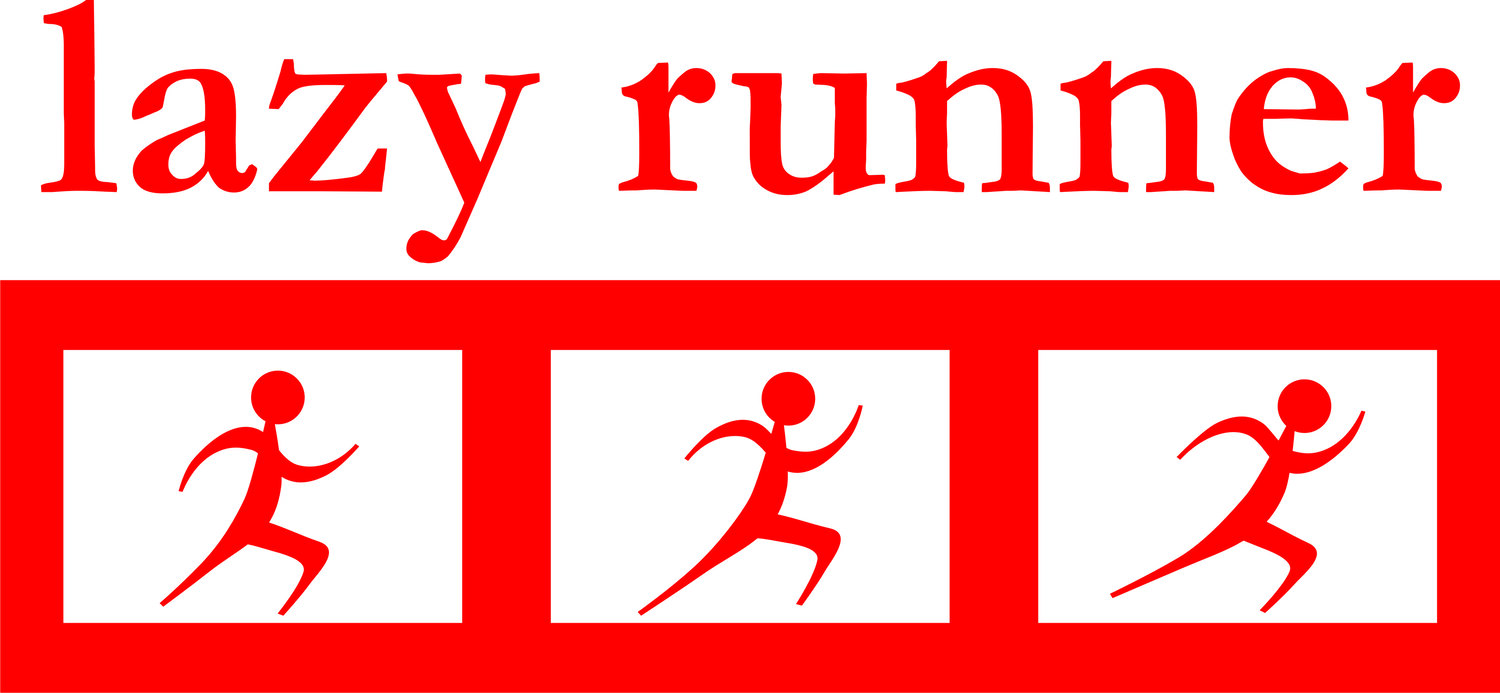Speed, Strength and Endurance Running
Runners need three types of training to make then strong, fit , fast efficient runners.
A combination of Strength, speed and endurance is vital if you want to run distances and stay fit and injury free
Speed Training
If you joined Lazy Runner for any of these reasons
-Lose weight
-Get fitter
-Run a PB
-Improve lean muscle mass
Then you need to include speed training into your fitness program
Speed training improves your VO2 max. Training to improve VO2 max improves your maximal aerobic capacity. Your VO2 max is determined by the maximum ability of your heart to pump oxygen-rich blood to your muscles and of your muscles to extract and utilize that oxygen to produce energy aerobically. By improving your maximal aerobic capacity, Speed training will help to improve your VO2 max, which is most important for distance running success. Many of you have done the beep test and each time you show an improvement on this test indicates that you are increasing your VO2 max capacity
Lazy Runner speed sessions include tempo training, intervals, sprints, fartlek etc..all of these sessions are designed to get your heart rate up by running and then lift it over short spurts of speed, the recovery running keeps it high with the spurts of speed pushing it up to about 90% capacity
You only need to make 10% or your weekly running speed work and then it only needs to over about 30mins. So if you attend a Lazy Runner speed session that is all you need to do for the week…easy!
Also it is far easier and motivitating to do your speed work under the guidance of a trainer and with the group. Unless you are extremely self motivated, you may find speed work very hard to do effectively by yourself
Strength Training
Although only relatively new concept strength training for runners is starting to show its benefits in many ways. Running like a lot of sports focuses on certain muscle groups leaving others to fend for themselves. But what has been discovered by health professionals is that all muscles work together in zinc and if you are only training a certain group you may be setting yourself up for an imbalance which will lead to pain and injury in other muscle groups or joints
Runners use hamstrings and calves in long distance running, but the knees need the support of the Quadriceps, and if they are not strong enough to support the knees that’s when repetitive strain injuries can occur.
Weaknesses often occur in muscles that are underutilized during running;
There are three main benefits to add strength training to your running workouts
1.The more muscle mass you have the more calories you burn, so it helps with weight loss and increased metabolism
2. It has been proven that strengthening all your muscle groups, especially in front and back of legs makes your running more efficient. You will find you will be able to run longer, faster and more efficiently. I strongly believe it’s my strong legs that gets me home in a marathon, from 30km onwards when I am feeling like giving up it’s the legs that keep me running and if they are strong and fit they will continue
3. Strength training reduces the risk of repetitive strain injuries, some common ones in runners are Achilles Tendonitis, Runners Knee, ITB injuries
Now all this doesn’t mean you have to hit the gym and start on the leg weights, you can build strength just by running. Anything that resists you running forward is a strength workout, so hills, stairs, beach running etc provides a force against you so you have to push through that force, which then builds strength. Another good workout for strength is deep water running, here the water is your resistance
Endurance
This is what most of us are good at, just running! Running 5km, 10km half marathons, marathons all work on your endurance training... the way to get your endurance up is to run a long run.. easy!! To increase your endurance you need to run further, this is what we do on the Ho Hum Runs.
If you are currently working on building your endurance running you need to lift your distances, this should only be done by half a km or one km a week, not every time you go out. So once a week you run a bit further on your long run, you continue in this pattern until you are running the goal distance for you
This running should be done at your own pace, ideally it should be done with a negative split
You shouldn’t suffer from the muscle tightness and soreness the next day that you often suffer from if doing strength work, as this training isn’t designed to build muscle strength, its building cardio fitness and endurance
When you are running your distances comfortably you may then like to add some pace into that long run, like tempo training during the run, this helps with speed and endurance and often we will apply these techniques on our long runs, but you must have mastered the distance first before you start on speed
Remember you only need to do one long run a week and build on it, you should drop your other runs back a couple of kms, that way the shortest runs will become easier and you wont get as tired...you should always have a day off running after your longest run to allow recovery.
OK..so Lazy Runner can help with all of this, I try to incorporate speed, strength and endurance into my programs..if you attend 2 or 3 Lazy Runner sessions per week you will be getting the benefits of all of the above, on the days you are not with Lazy Runner you should add one of two endurance runs into your week..4 sessions of running a week is ideal
